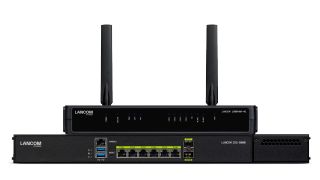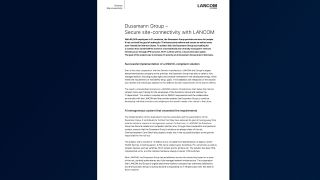Digitalization and cyber threats are placing pressure on IT departments
Cyber risks are among the greatest risks to which companies are exposed. From phishing attacks to ransomware, the number and severity of cyberattacks is increasing every year. The consequences range from financial losses through repairing the damage or paying ransoms to disruptions or complete breakdowns of business operations, loss of reputation or, in the very worst cases, even consequences that threaten a company's existence.
In the wake of globalization and the steady economic growth, digitalization also has a significant influence on commercial businesses. With the ongoing need for a simple and securely connected mobile working arrangement, the number of company locations has increased significantly, as well as the number of end user devices used by the company. Employees access the company network from anywhere at all, and expect stable and secure access so that they can work efficiently.
However, in addition to knowing about all the devices used, the IT department must be able to manage access, policies, and digital applications across the company network.
On top of that, protection against an ever-growing number of digital threats is vital. But how can businesses control and make data traffic safer in times where employees are working from home, and in times of business expansion?













